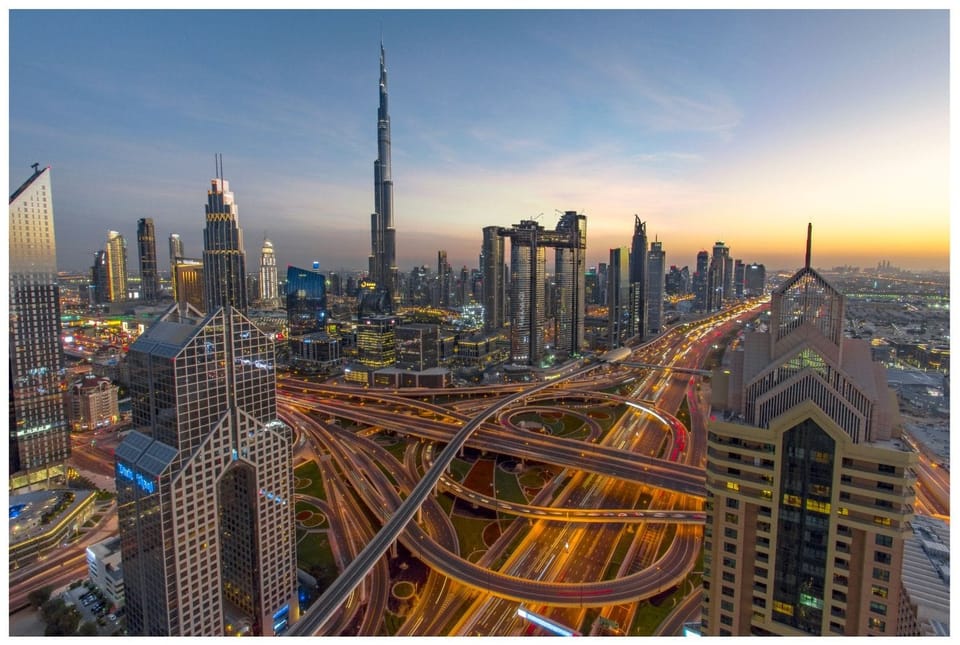Infrastructure: The foundation your portfolio needs

The backbone of a strong economy must be good, functional infrastructure. No, I’m not simply talking about the basics like roads, electricity, ports and things that are the primary responsibility of the public sector. I mean infrastructure that facilitates economic growth and a stronger society for all who live in it.
Would it interest you to know that you can participate in building and even investing in infrastructure as a private individual?
Imagine getting in on the action ahead of the 2010 World Cup, investing in the construction of the FNB Stadium, the Gautrain or even something as low-key as a filling station (petrol garage).
Infrastructure is broad in its appeal and isn’t limited to what we know in the form of just construction companies and SOEs.
There are various types of infrastructure you may want to invest in, for example:
- Economic (hard) infrastructure;
- Social (soft) infrastructure; and
- Environmental (green) infrastructure.
The main difference between social and economic infrastructure is that economic infrastructure is more likely to be in the pursuit of profit, whereas social infrastructure aims to provide a greater benefit to societal needs.
For you and I, that means there is more incentive to complete the project on-time or even ahead of time (not like Kusile).
The natural result is that returns are achieved on a tighter schedule and that capital is turned over at a much more efficient rate.
So how do you access these investments?
The first thought is through direct investment like WBHO and M&R shares. A more favourable option may be through unlisted private equity vehicles. Unlike buying Curro stocks or investing in McDonalds (which is partly a property company at this point), you don’t have to worry about exposure to the performance of companies this way.
You also have the option to look into having a portion of your retirement funds allocated to infrastructure investments, considering the recent changes to the regulations.
Why on earth would you want your retirement funds to be invested in projects that will likely outlive you? Because these are the sorts of long-term investments that aren’t tied to economic cycles, they are perfect for low economic growth environments (like South Africa) and are considered as hedges in high inflation and high interest rates conditions due to their long-term nature.
A bonus would be enjoying not only the financial gains, but also knowing that you contributed to economic development in your old age.
When looking at your overall investment portfolio, infrastructure assets can offer an alternative yield source to traditional investments like equities and property.
The best part is that now your financial advisor can increase your exposure to this through your retirement fund. National Treasury, in 2023, amended Regulation 28 of the Pension Funds Act to allow up to 45% exposure to infrastructure assets (previously 15%).
Are there any pitfalls?
You, like any other realist, may be wondering about the pitfalls.
Liquidity comes to mind as one, unlisted funds are usually highly illiquid. That isn’t necessarily a bad thing though.
In the case of private equity, it means that there is less volatility in your investment because it is not subject to news announcements around CEO resignations.
How do you make money from it? Which of the options should you choose? Clearly each has a business case, however strategic deployment and diversification are also key.
The standout benefit I see is that private equity allows for greater diversification than the limitations of a listed company’s order book. This means that risk is spread out and you avoid what happened to the M&R share price when Clough became a problem.
Perhaps when Starlink finally expands into SA, and you can take an interest in that.
But for now, a private infrastructure fund that invests in a concert venue to replace the WeBuyCars dome, doesn’t seem like such a bad idea.
